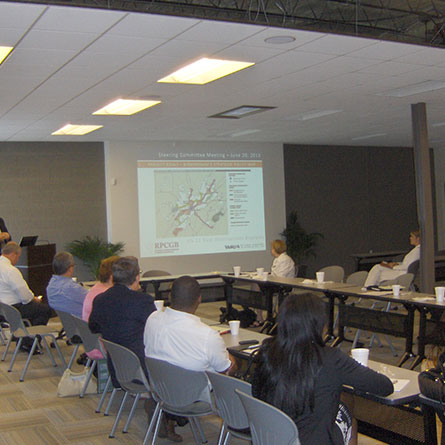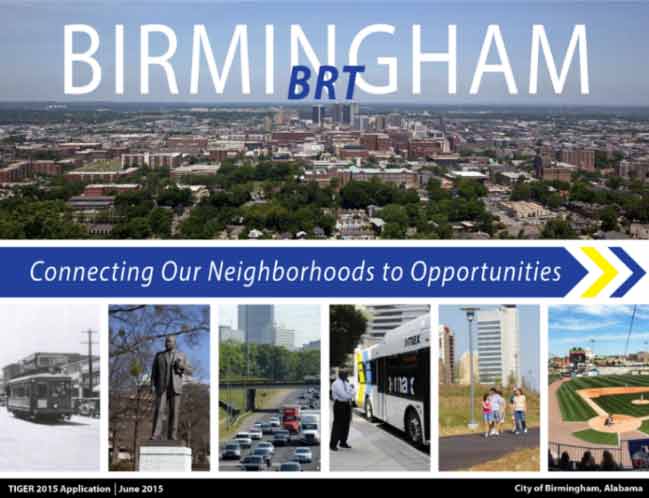US 11 / US 78 East Birmingham Alabama Alternatives Analysis. Birmingham, Alabama.
This corridor’s population loss has been acute in the close-in residential areas just east of Downtown. Abandoned and derelict residential properties are evidence of community disinvestment although this corridor is significant to the region’s travel, tourism, growth, development, and redevelopment. Birmingham, and especially the US 11/US 78 East Corridor, is challenged to meet its mobility, housing, and economic development needs by its continued loss of population.
WRA prepared the Alternatives Analysis that evaluated BRT, Complete Streets investment, pedestrian improvements, and railroad quiet zone in East Birmingham.
WRA identified transportation/land use scenarios including new “Super Stops” providing improved transit facilities to support neighborhood and community re-investment.
WRA assisted the Regional Planning Commission and the City of Birmingham prepare the successful Birmingham BRT TIGER grant application. The City was awarded $20 million by the USDOT for the BRT Project’s implementation.


Services Performed
Project Highlights
Planning & Land Use
The Existing Conditions Report dated February 2014 identified corridor problems and emerging opportunities and documented the corridor’s changing demographics, employment, and land uses. Land use recommendations will be made in concert with transit, pedestrian and Complete Streets investments.
Transit
The transit analysis includes on-board surveys, evaluation of existing local bus services, planning for alternative BRT routes and assessment of the BJCTA maintenance facility requirements. Eight railroad crossings are also being studied following FRA railroad quiet zone rules.
Traffic
Complete Streets alternatives in support of the land use and transit investments are being studied through the application of a corridor based Synchro model.
